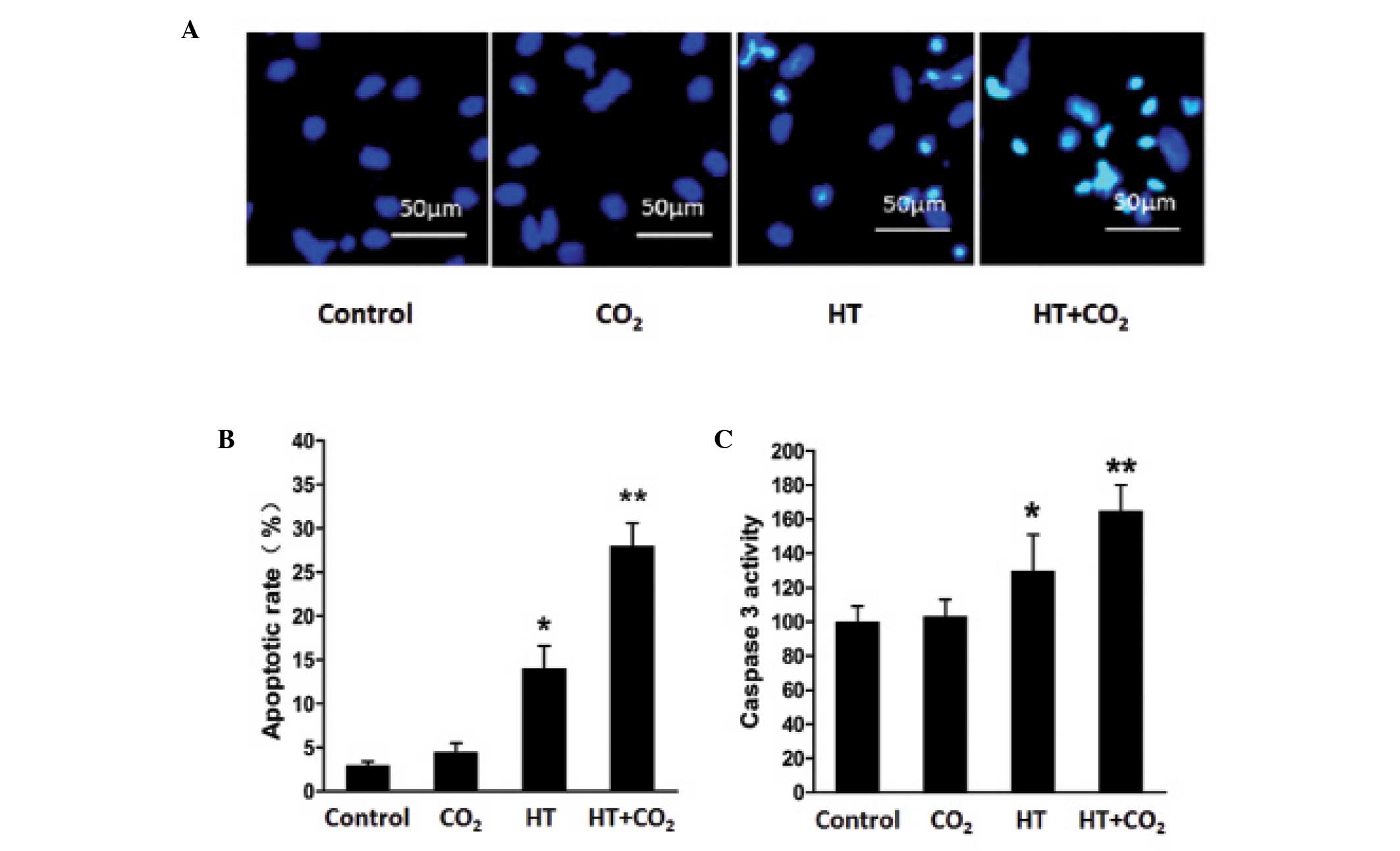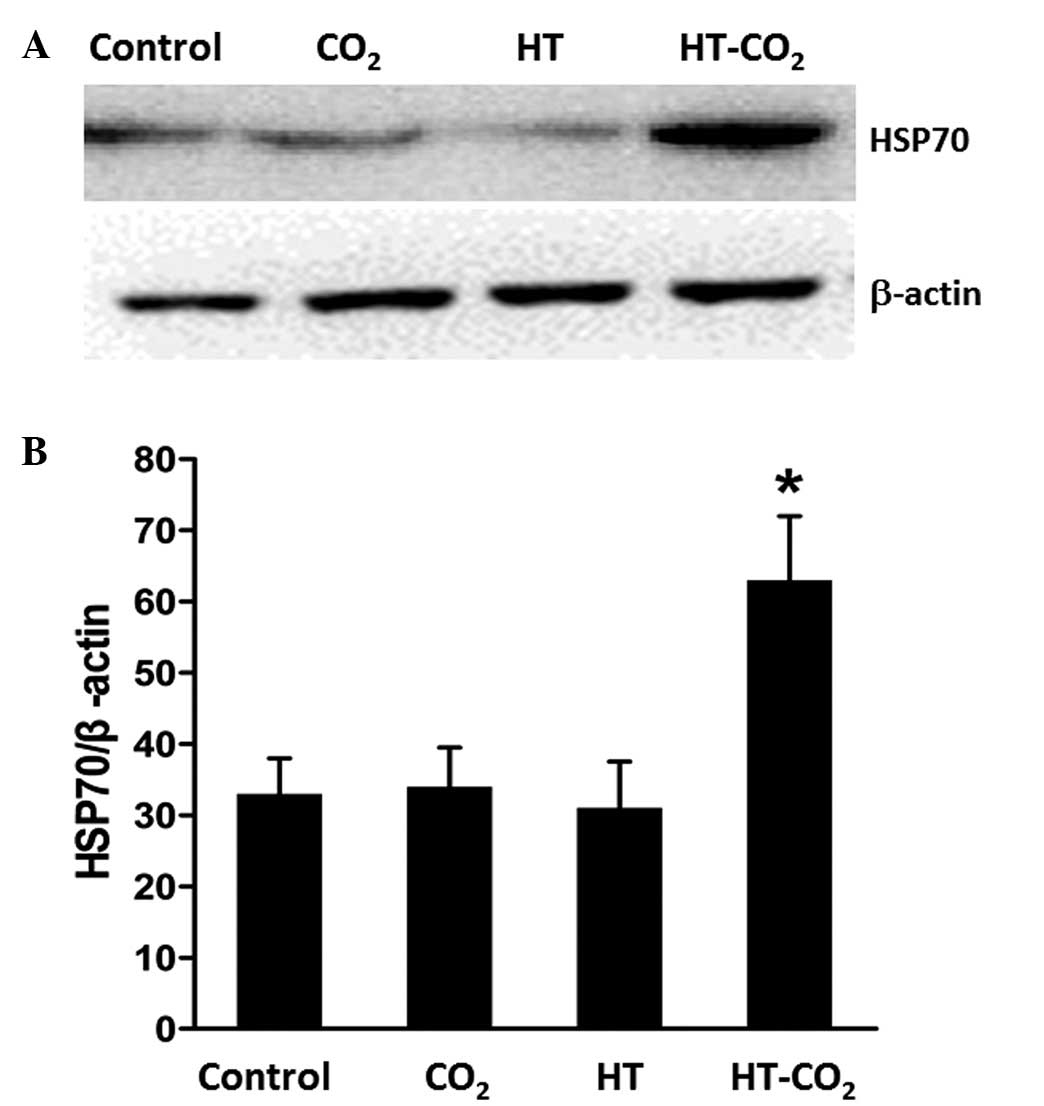|
1
|
Flanagan MA and Leitman IM: Radical
gastrectomy with para-aortic lymphadenectomy for carcinoma? The
controversy continues. Commentary on risk factors for metastasis to
para-aortic lymph nodes in gastric cancer: a single institution
study in China. Journal of Surgical Research. J Surg Res.
185:e11–13. 2013. View Article : Google Scholar
|
|
2
|
Tong JH, Sun Z, Wang ZN, et al: Early
gastric cancer with signet-ring cell histologic type: risk factors
of lymph node metastasis and indications of endoscopic surgery.
Surgery. 149:356–363. 2011. View Article : Google Scholar : PubMed/NCBI
|
|
3
|
Kariya S, Tanigawa N, Kojima H, et al:
Radiofrequency ablation combined with CO2 injection for
treatment of retroperitoneal tumor: protecting surrounding organs
against thermal injury. AJR Am J Roentgenol. 185:890–893. 2005.
View Article : Google Scholar : PubMed/NCBI
|
|
4
|
Kim KW, Chow O, Parikh K, et al:
Peritoneal carcinomatosis in patients with gastric cancer, and the
role for surgical resection, cytoreductive surgery and hyperthermic
intraperitoneal chemotherapy. Am J Surg. 207:78–83. 2014.
View Article : Google Scholar : PubMed/NCBI
|
|
5
|
Zhou HM, Feng B, Zhao HC and Zheng MH:
Antitumor effects of hyperthermic CO2 pneumoperitoneum
on human gastric cancer cells. Asian Pac J Cancer Prev. 13:117–122.
2012. View Article : Google Scholar : PubMed/NCBI
|
|
6
|
Peng Y, Zheng M, Feng B, et al:
Hyperthermic CO2 pneumoperitoneum induces apoptosis in
human colon cancer cells through Bax-associated mitochondrial
pathway. Oncol Rep. 19:73–79. 2008.PubMed/NCBI
|
|
7
|
Steinman RM: The dendritic cell system and
its role in immunogenicity. Annu Rev Immunol. 9:271–296. 1991.
View Article : Google Scholar : PubMed/NCBI
|
|
8
|
Inaba K, Inaba M, Deguchi M, et al:
Granulocytes, macrophages and dendritic cells arise from a common
major histocompatibility complex class II-negative progenitor in
mouse bone marrow. In: Proc Natl Acad Sci USA. 90. pp. 3038–3042.
1993; View Article : Google Scholar : PubMed/NCBI
|
|
9
|
Viaud S, Théry C, Ploix S, et al:
Dendritic cell-derived exosomes for cancer immunotherapy: what's
next? Cancer Res. 70:1281–1285. 2010. View Article : Google Scholar : PubMed/NCBI
|
|
10
|
Théry C, Zitvogel L and Amigorena S:
Exosomes: composition, biogenesis and function. Nat Rev Immunol.
2:569–579. 2002.PubMed/NCBI
|
|
11
|
Denzer K, Kleijmeer MJ, Heijnen HF,
Stoorvogel W and Geuze HJ: Exosome: from internal vesicle of the
multivesicular body to intercellular signaling device. J Cell Sci.
113:3365–3374. 2000.PubMed/NCBI
|
|
12
|
André F, Chaput N, Schartz NE, et al:
Exosomes as potent cell-free peptide-based vaccine I Dendritic
cell-derived exosomes transfer functional MHC class I/peptide
complexes to dendritic cells. J Immunol. 172:2126–2136. 2004.
View Article : Google Scholar : PubMed/NCBI
|
|
13
|
Quah BJ and O'Neill HC: Mycoplasma
contaminants present in exosome preparations induce polyclonal B
cell responses. J Leukoc Biol. 82:1070–1082. 2007. View Article : Google Scholar : PubMed/NCBI
|
|
14
|
Wang J, Mao X, Guo F, et al: An isolation
technique to prevent the spread of tumor cells during radical
gastrectomy for gastric carcinoma located on the anterior wall of
the gastric antrum. Eur J Surg Oncol. 39:1136–1143. 2013.
View Article : Google Scholar : PubMed/NCBI
|
|
15
|
Chen Z, Moyana T, Saxena A, Warrington R,
Jia Z and Xiang J: Efficient antitumor immunity derived from
maturation of dendritic cells that had phagocytosed
apoptotic/necrotic tumor cells. Int J Cancer. 93:539–548. 2001.
View Article : Google Scholar : PubMed/NCBI
|
|
16
|
Quah BJ and O'Neill HC: The immunogenicity
of dendritic cell-derived exosomes. Blood Cells Mol Dis. 35:94–110.
2005. View Article : Google Scholar : PubMed/NCBI
|
|
17
|
Bu N, Wu H, Sun B, et al: Exosome-loaded
dendritic cells elicit tumor-specific CD8+cytotoxic T cells in
patients with glioma. J Neurooncol. 104:659–667. 2011. View Article : Google Scholar : PubMed/NCBI
|
|
18
|
Anand PK: Exosomal membrane molecules are
potent immune response modulators. Commun Integr Biol. 3:405–408.
2010. View Article : Google Scholar : PubMed/NCBI
|
|
19
|
Kim HP, Morse D and Choi AM: Heat-shock
proteins: new keys to the development of cytoprotective therapies.
Expert Opin Ther Targets. 10:759–769. 2006. View Article : Google Scholar : PubMed/NCBI
|
|
20
|
Tamura Y, Torigoe T, Kukita K, et al:
Heat-shock proteins as endogenous ligands building a bridge between
innate and adaptive immunity. Immunotherapy. 4:841–852. 2012.
View Article : Google Scholar : PubMed/NCBI
|
|
21
|
Pockley AG: Heat shock proteins as
regulators of the immune response. Lancet. 362:469–476. 2003.
View Article : Google Scholar : PubMed/NCBI
|
|
22
|
Lancaster GI and Febbraio MA:
Exosome-dependent trafficking of HSP70: a novel secretory pathway
for cellular stress proteins. J Biol Chem. 280:23349–23355. 2005.
View Article : Google Scholar : PubMed/NCBI
|
|
23
|
Peer AJ, Grimm MJ, Zynda ER and Repasky
EA: Diverse immune mechanisms may contribute to the survival
benefit seen in cancer patients receiving hyperthermia. Immunol
Res. 46:137–154. 2010. View Article : Google Scholar : PubMed/NCBI
|














